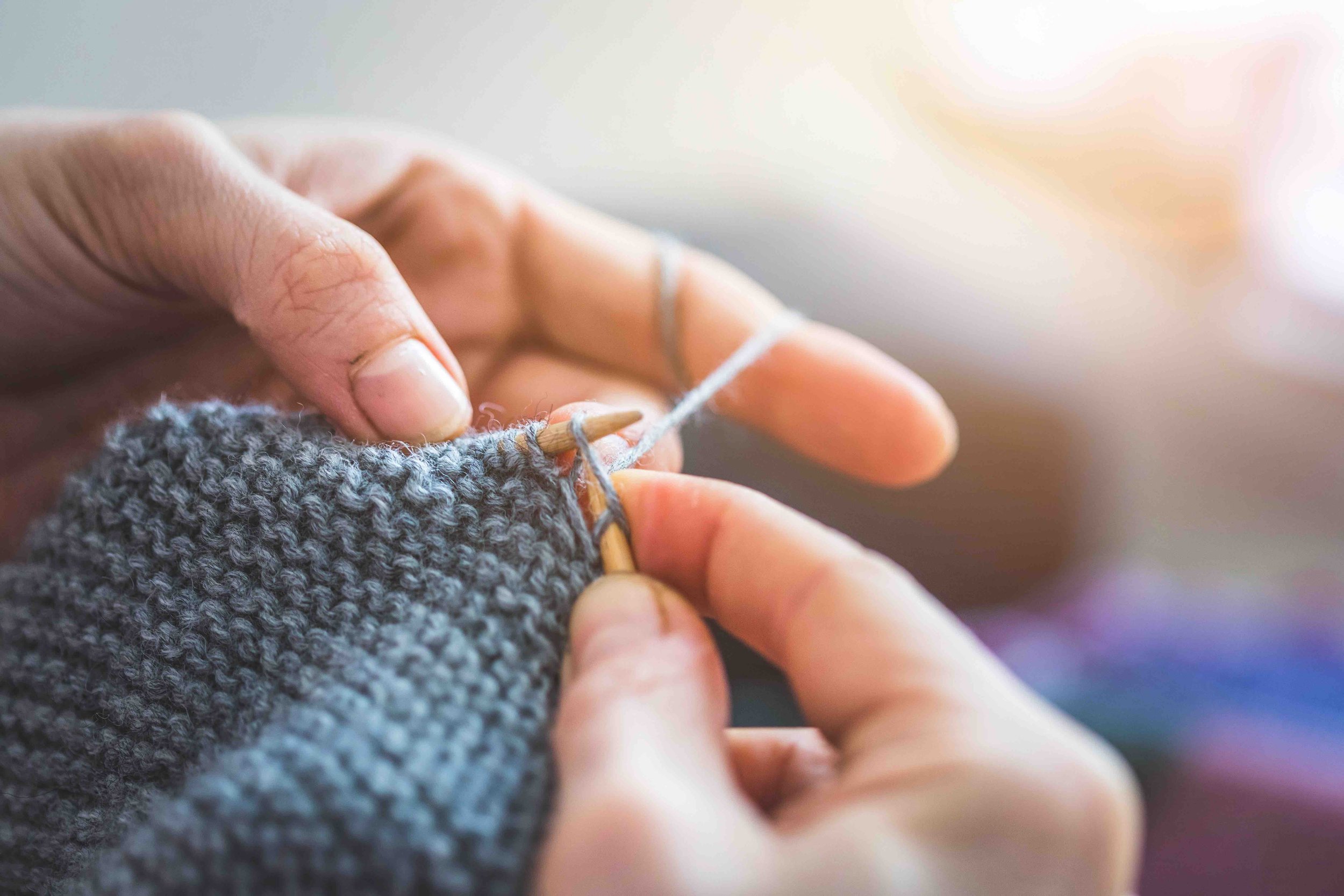Shetland Sheep to Fair Isle Jumpers
Nestled within the rugged and windswept landscapes of the Shetland Islands, a story of heritage, sheep, and the art of knitting unfolds. Shetland, a place steeped in history, is renowned for its hardy and adaptable sheep, boasting a legacy intertwined with the Vikings and a rich tradition of wool production, ultimately leading to the creation of the iconic Fair Isle jumpers.
The Heritage of Shetland Sheep
At the heart of Shetland's wool industry are the resilient Shetland sheep. These small, sturdy creatures, descendants of the ancient Norse breeds introduced by the Vikings over a thousand years ago, thrive in the harsh climates of the islands. Their ability to withstand the elements and produce fine, soft wool has made them vital to the local economy and cultural identity.
Interested in other animals that call Shetland their home? Read all about sea life, birds, whales, and other Shetland wildlife in our dedicated blogs.
Shetland Wool: From Flock to Fibre
The journey of Shetland wool begins on the picturesque farms scattered across the islands. Farmers tend to their flocks year-round, ensuring the health and welfare of the sheep. Each spring, the sheep are carefully sheared, yielding fleece in an array of natural colours - from creamy whites to rich browns and greys.
The fleece undergoes meticulous processing, starting with cleaning and sorting to remove impurities and separate the fibres by grade and colour. Skilled artisans at wool mills, such as the renowned Jamiesons of Shetland, use traditional methods to spin the wool into yarn, preserving its softness and natural properties.
Crafting the Timeless Shetland Jumper
The art of knitting is deeply ingrained in Shetland's cultural fabric. Local artisans, often working from age-old patterns passed down through generations, transform the yarn into exquisite garments. The iconic Shetland jumper, prized for its warmth, durability, and intricate designs, showcases the exceptional qualities of Shetland wool.
Perhaps just as famous as the Northern Lights seen in Shetland, one of the most celebrated creations stemming from Shetland's heritage is the Fair Isle jumper. Named after the tiny Fair Isle, one of the Shetland Islands, these jumpers boast a distinct multicoloured pattern that has captivated fashion enthusiasts worldwide.
The Fair Isle Jumper: A Symbol of Craftsmanship
The history of Fair Isle jumpers dates back centuries, characterised by the use of multiple colours in intricate geometric patterns. Originally crafted for practical reasons, the designs evolved into a unique art form, each motif carrying its own symbolism and significance.
Crafting a Fair Isle jumper, also commonly known as Fair Isle sweaters or a fairisle jumper, requires expertise and patience. Skilled knitters meticulously work with multiple colours, often only using two at a time per row, to create the signature motifs that adorn these timeless garments.
Preserving Tradition, Embracing Innovation
While the traditional methods of creating Shetland wool and crafting Fair Isle jumpers remain cherished, contemporary artisans are blending tradition with modern techniques. Innovations in dyeing, spinning, and knitting technology complement the age-old craftsmanship, allowing for a fusion of authenticity and innovation.
Today, the appeal of Shetland wool extends far beyond the islands. The unique characteristics of the wool, coupled with the allure of Fair Isle patterns, have earned these garments a place in high-fashion circles and everyday wardrobes worldwide.
Exploring the Wonders of Wool in Shetland
In Shetland, you'll find authentic Fair Isle jumpers directly from their place of origin, making them an ideal choice to ward off the chilly Shetland winters and a wonderful addition to your winter holiday on the equally enchanting Shetland Islands.
Find out more about experiencing a magical winter getaway in Shetland by checking out our dedicated blog post here.
Shetland wool stands out for its uniqueness and is widely celebrated during Wool Week, the world's largest festival dedicated to Shetland wool and traditional knitting methods. Held every autumn, this event draws hundreds of visitors from across the world keen on partaking in an array of fantastic activities spread across the islands. With locations spanning from the southernmost tip to the northern isle of Unst, attendees get to delve into Shetland's rich textile heritage while exploring the islands' diverse attractions.
Read more about Shetland festivals and celebrations here.
In the remote and windswept northernmost region of Scotland, the connection between sheep, Shetland, wool, and knitting weaves a story that transcends time. From the sturdy Shetland sheep roaming the scenic landscapes to the skilled hands that knit intricate Fair Isle patterns, every stitch echoes a legacy of resilience, artistry, and cultural heritage.
For those seeking not just warmth but a piece of history intertwined with craftsmanship, the Shetland jumper and the timeless Fair Isle pattern stand as testaments to a legacy of quality, artistry, and enduring style.
How do you get to the Shetland Islands?
The most common ways to travel to the islands are either arriving by ferry or by getting flights to Shetland. At Airtask, we offer Shetland inter-island flights, operating passenger services between Lerwick, departing from Tingwall Airport, to both Foula and Fair Isle. For more information and flight scheduling, please click here.
Looking for something adventurous?
Whilst you’re investigating Shetland’s woolly history for yourself on the islands, why not view all of the magnificent sights of the Shetland Islands from above? Among the most awe-inspiring things to do in Shetland, is to take in the magnificent lochs, stunning beaches, historical sites and more from an aerial perspective. Call 01595 840246 or email lwk.ops@airtask.com to secure your place on the only scenic flights available in Shetland.



